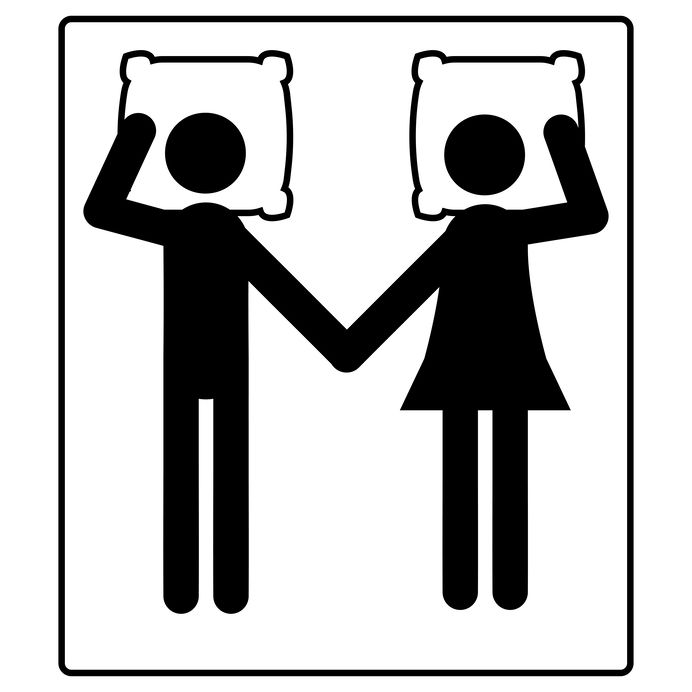The recent tragedy at Fort Hood brings mental health back into the daily conversation but perhaps not in a way that’s ultimately helpful. Rather than prompting discussion about how to address the state of mental health in our culture, we identify that the shooter was mentally unwell. Then the conversation often ends.
If we were to extend the conversation about mental health past this point, what would it look like? Where would we start?
How about kindergarten?
As parents, we spend a lot of time worrying about our children’s physical well-bring, but consider the last time you asked your child about their emotional well-being. If young children were asked in school or home about their mood each day, this would provide parents or teachers with valuable information and allow children to start naming and owning their feelings. Young children could chart their feelings and learn that emotions, good and bad, are part of life.
As children begin to age out of elementary school, perhaps they will begin to develop an understanding of their feelings of anger, sadness, and frustration. This will make feelings easier to discuss and make warning signs more noticeable. How? When children begin to consistently experience negative feelings they can’t understand or explain, it will become clear that a child needs help beyond what a teacher can provide.
While this idea would probably bring up several practical dilemmas in the education system, it’s simply an effort to keep the conversation going…



